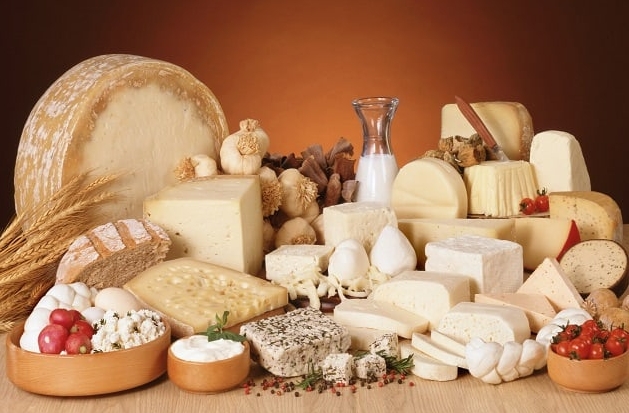Cheese Oil Flavor: The Concentrated Essence of Aged Dairy

Cheese oil flavor offers distinct taste profiles that beverage firms, confectionery makers, bakery developers and sauce creators highly value. Its flavor traits mainly rely on three key factors. First, milk type lays the groundwork: cow milk brings creamy notes, sheep milk adds earthy tones, and goat milk provides sharper accents.

Next, aging duration helps intensify flavors, gradually turning mild cheeses into complex, robust ones. Finally, specific microbial cultures actively shape each cheese’s character—different bacteria and yeast strains can produce everything from nutty parmesan to pungent blue cheese flavors. These elements blend to create rich, authentic tastes, making cheese oil flavor versatile across food applications.
Examples of Cheese Flavors:
Cheddar: Known for its sharp, tangy, and often buttery flavor.
Brie: A mild, buttery, and creamy cheese with a subtle earthy note.
Parmesan: A hard, salty, and nutty cheese with a pronounced umami flavor.
Feta: A salty, tangy, and often crumbly cheese.
Gorgonzola: A pungent, creamy, and often slightly salty cheese with a complex flavor profile
Perfect for:
Beverage companies, confectionery manufacturers, bakery product developers, and savory sauce creators all carefully select cheese to enhance flavor. The milk type—whether from cow, sheep, or goat—directly shapes the taste. Moreover, aging deepens complexity, while specific microorganisms actively develop distinct flavors. Together, these factors create rich, nuanced profiles that elevate diverse culinary applications.

